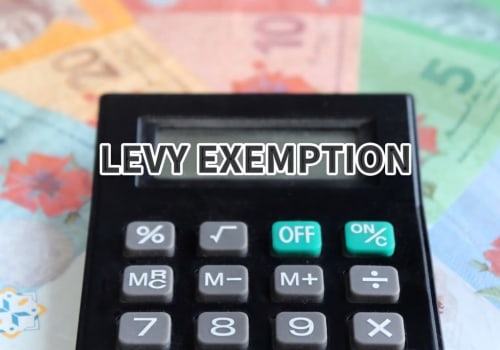The short answer is Yes, but it's best to ask for professional help to get that forgiveness. Check out what every taxpayer needs to know about the IRS debt forgiveness program. True tax forgiveness comes in the form of credits against back taxes. These credits may reduce part or all of your tax liability.
To qualify, you must ensure that the IRS takes into account your taxable and non-taxable income, as well as the size of your family and your specific financial situation. You may be able to find a tax relief through what is called a commitment offer. This allows you to settle your back taxes with the IRS for less than you owe. According to the IRS, it may be an option if you can't pay your tax debt at all or if doing so creates financial difficulties.
Under certain circumstances, the IRS will forgive the tax debt after 10 years. However, that 10-year period may be longer than expected, considering extended suspensions, the IRS tax settlement date compared to your last return, and whether or not you've kept up to date with your tax returns since the debt period began. This is because the IRS is required by law to take coercive measures if you don't pay your taxes on time and don't explain why you can't pay them. While there is a statute of limitations for federal tax debt, states are not required to provide the same type of relief.
If you need more time to pay your tax bill, the IRS will likely give it to you in the form of a payment plan. The IRS will consider these specific numbers and may allow you to request a transaction offer. The summary of tax forgiveness is that it's not really about the IRS canceling your debt; it's more about disclosing your accounting errors, proving extenuating circumstances, and negotiating an agreement on the amount owed. Fortunately, the IRS offers some debt relief solutions that are specifically designed to help you if you're having trouble paying your taxes.
When developing a strategy for dealing with tax debt, the first thing to consider is your ability to pay it. In the case of a tax debt with the IRS, it's usually not reasonable to assume that you can simply let go of your CSED. The two most powerful weapons available to the IRS to coerce the payment of tax debts that exceed a certain limit are the federal tax levy and, finally, taxes on your accounts, salaries and certain assets. With the transaction offer, you can have the IRS reevaluate your tax liability and show additional expenses, which may or may not reduce your tax liability.
Basically, what happens is that the IRS takes the information you have on hand to prepare a tax return and sends you the bill. Some tax relief companies will charge you a fee to determine how much you owe the IRS, establish a payment plan, or see if you qualify for a transaction offer. Here are some essential forms to know about, especially if you're seeking a tax waiver. When your tax debt is currently in a non-collectible state, the IRS will review your situation annually and, if your circumstances do not change, your debt will remain in this state until the statute of limitations expires, at which point the IRS will cancel the remaining balance.
The IRS can file or maintain current tax liens until it accepts your offer and you have fulfilled your end of the deal. Check out a resource such as the SuperMoney website, which allows consumers to compare the offers, rates and fees of tax relief companies and provides information on the experience of firms and things like the number of licensed attorneys on staff. .



